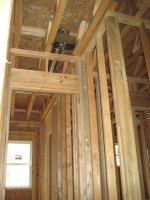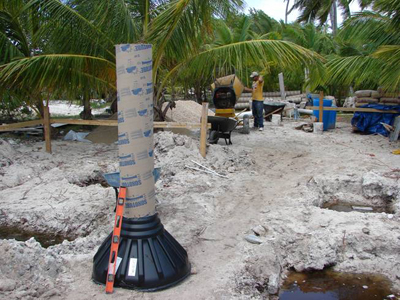Damifino
Gold Member
I would want all the waste lines subjected to a water test for at least 24 hrs.
your plumber may or may not be required to do this in your jurisdiction.
If it's not required for inspection, he may choose to for go, I know for peace of mind I would like to be sure.
Here's how it could be done at riser/risers in basement, each riser that has any fixtures attached upstairs that was not subjected to 1st test at ground rough.
A test tee would need to be cut into each riser and the below blow up plugs installed to hold back water.
Pushing in the snifter valve just like a tire valve will release the water past the cleanout, also the cleanout plugs upstairs will need to be doped.
your plumber may or may not be required to do this in your jurisdiction.
If it's not required for inspection, he may choose to for go, I know for peace of mind I would like to be sure.
Here's how it could be done at riser/risers in basement, each riser that has any fixtures attached upstairs that was not subjected to 1st test at ground rough.
A test tee would need to be cut into each riser and the below blow up plugs installed to hold back water.
Pushing in the snifter valve just like a tire valve will release the water past the cleanout, also the cleanout plugs upstairs will need to be doped.










